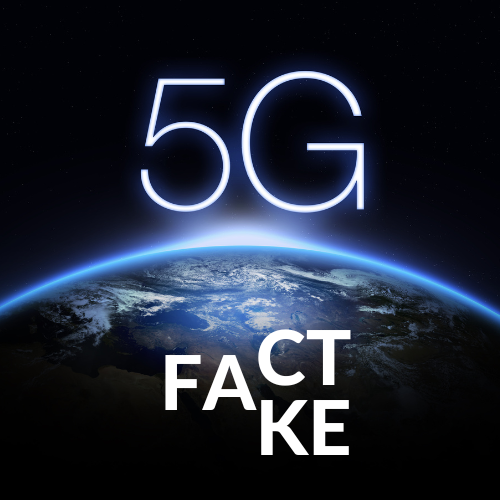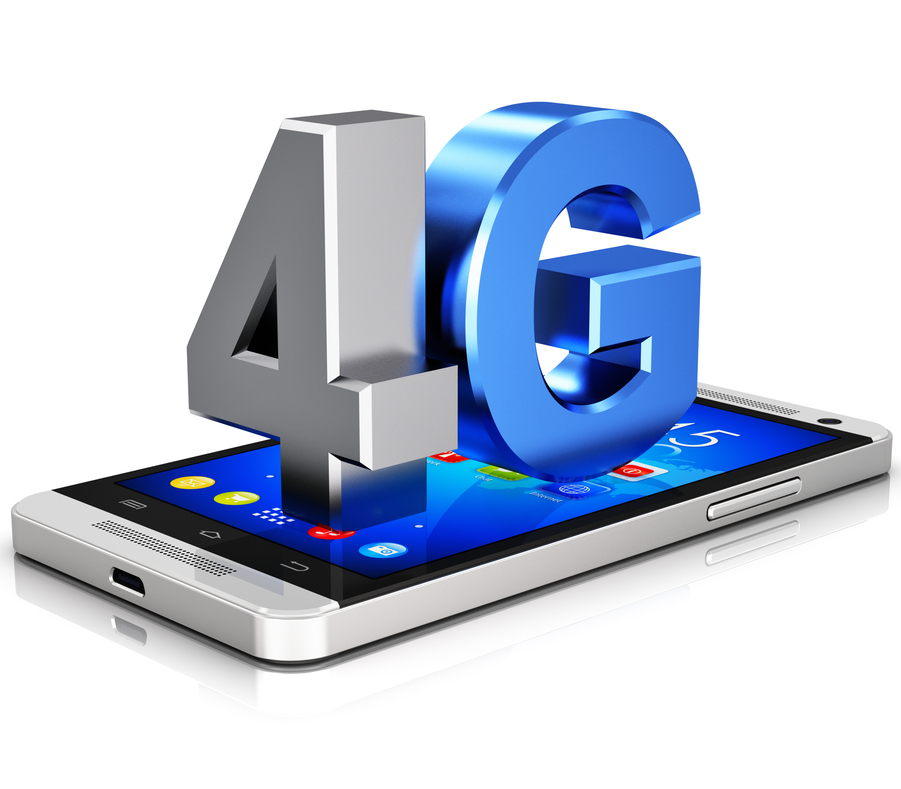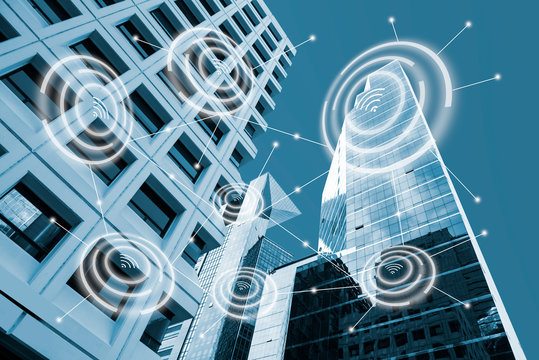What does that REALLY Mean?

Total internet hits have increased by up to 70% since the start of the pandemic with wireless data usage alone up almost 30%. (CTIA) The role of wireless technologies in keeping people connected has been unprecedented with much of it simply attributed to providing the framework that allows for the exponential increase in streaming media, social networking and video conferencing. Theoretically, the dawn of 5G will meet the challenges of this new digital world demand by taking advantage of different technologies that work together promising to increase download speeds by up to 10 times that of 4G. But is that really true and how do these various technologies cooperate?
What is 5G?
5G NR or 5G New Radio, often referred to as simply 5G, is the fifth generation of cellular technology for network communications that will eventually replace, or at least complement, 4G LTE. Its technology delivers faster download and upload speeds, ultra-low latency (the time it takes devices to communicate with wireless networks), more reliability and network capacity. But for many, it isn’t making much of a difference. The reality of 5G is that the icon on your brand-new smartphone really just feels and works exactly like 4G.
What makes it different?
4G made it possible for us to stream and download on the go. 5GNR builds on this capability and takes it further. But 4G is getting crowded and the need for speed is greater than ever. This will cause problems for everyone including consumers, corporations, even governments. As the number of machines and people that rely on cellular increase, downloads will get slower, and overall performance will suffer. As connected devices become more ubiquitous, the inconvenience for consumers and businesses is obvious. Services that rely on mobile data to function (finance, emergency services, and data security) will experience growing delays and failures in transmitting and receiving data.
The promise is that 5G will bring speeds of around 10 gigabits per second to your phone. That’s more than 600 times faster than the typical 4G speeds on today’s mobile phones, fast enough to download a 4K high-def movie in 25 seconds, or to stream several at the same time. Just like 4G LTE, 5G technology operates on a wide range of radio spectrum allotments but is capable of running on a wider range than current networks. The key thing to understand here is that 5G isn’t much faster than 4G when operating on the same old radio channels. Instead, the 5GNR spec lets phones use much wider channels across a broader range of frequencies.

How does it work?
To reach the top speeds associated with 5G, carriers need millimeter-wave (or mmWave) technology, which takes advantage of the very high end of the wireless spectrum and large channel sizes. 5G mmWave could enable those 10-Gbps speeds, but it comes with a trade-off: Millimeter-wave signals are less reliable over long distances and are easily disrupted by obstacles like trees, people, and even rain. To make it practical for mobile use, carriers need to deploy huge numbers of small access points in cities, instead of relying on a few big cell towers as they do today.
But 5G phones still need need 4G networks and coverage for now. When a cellular connection is established, the 5G capable device will connect to the 4G network to provide the control signaling and to the 5G network to help provide the fast data connection. Where there is limited 5G coverage, the data is carried on the 4G network providing the continuous connection. Essentially with this design, the 5G network is complementing the existing 4G network.
The bottom line.
At first, all 5G networks used 4G to establish their initial connections rolling out 5G by building on their 4G networks, resulting in increased connectivity, but not at the speeds expected with 5G. Part of the 5G spec allows 5G phones to combine 5G and 4G channels invisibly and seamlessly so most connections will be a little bit of 5G and a little bit of 4G. Gradually, the major operators will introduce standalone versions of their networks, meaning they won’t piggyback on existing infrastructure.

But that symbiosis between 4G and 5G has caused AT&T to get overenthusiastic about its 4G network. The carrier has started to call its 4G network 5G Evolution because it sees improving 4G as a major step to 5G. That is technically accurate but the phrasing is designed to confuse less-informed consumers into thinking 5G Evolution is 5G, when it isn’t. The bottom line is that 4G has many years ahead of it as part of the 5G landscape.




